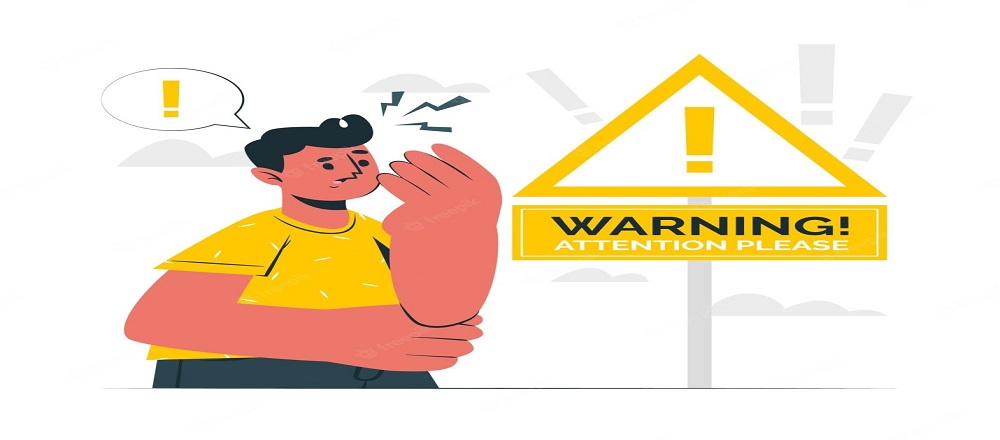Self-harm is stigmatized as a “cry for attention” and has been inaccurately portrayed in movies, TV shows, and other pop culture outlets, leaving you searching for answers and resources to find help. There are numerous reasons why someone might commit self-harm. It is frequently viewed as a means for people to cope with physical and emotional stress, as well as mental health conditions. If you or your loved one is dealing with these issues feel free to consult with an Online Counselor at TalktoAngel.
Self-harm is the act of intentionally injuring oneself in order to cope with stress, mental health issues, or psychological trauma. Cutting, burning, or scratching their skin are some of the most common forms of self-harm. Others may injure or harm themselves by piercing or inserting foreign objects into their bodies.
While it is not a diagnosable mental disorder, self-harm is frequently a symptom of other mental illnesses.
Types of self-harm
Self-harm can be done in a variety of ways, some of which are more common than others. Each of these practices can have long-term and negative consequences for their physical and emotional health.
The following are the most common types of self-injury:
- Cutting
- Burning
- Scratching
- Craving symbols into their ski
- Piercing their skin
- Picking at open wounds
- Hitting themselves
- Banging head on the solid surfaces
Causes of self-harm
The majority of people who self-harm do so as a way of dealing with their emotions, stress, or other mental health issues. It is their attempt to gain control of the situation in order to distract them from what is going on around them. While they are in pain, it is a calming experience for them.
The most common reasons people harm themselves are:
- If they are otherwise numb, feel the physical effects.
- When they believe they have done something wrong, they punish themselves.
- Process their rage, frustration, or uncertainty
- Have authority over something in their lives Express emotions that they do not want others to see
Warning signs and symptoms of self-harm
Self-injurers may experience feelings of guilt and shame and may attempt to conceal their actions. As a parent, your first warning sign may be a gut feeling that “something is off.” Other warning signs to look for include:
- Behavioral signs
- Even on hot days, wear long pants and long-sleeved shirts.
- Ignoring injuries as “accidents” or the result of being clumsy
- requiring a lot of alone time
- Friendship and romantic relationship difficulties
- Keeping sharp objects or self-injury implements on hand
- Withdrawal from previously enjoyed activities
- Unpredictable and rash behavior
- Physical signs
- Scars
- Fresh cuts
- Bruises
- Broken bones
- Patches of missing hair
- Cognitive signs
- Questioning about personal identity
- Helplessness
- Hopelessness
- Worthlessness
- Psychosocial signs
- Emotional numbing
- Emotional instability
- Mood swings
- Depression
- Increased anxiety
- Guilt
- Shame
- Disgust
Many of us know someone who is prone to bruising or is notoriously clumsy. However, if your young adult child frequently exhibits signs of injury without explanation, or with explanations that appear suspicious and unlikely, it is critical to be aware of the potential warning signs.
Self-injury should never be dismissed as a cry for attention or a passing phase for your loved one. Connecting your child with a clinical psychologist can help them learn healthy coping skills for intense emotions while also lowering their risk of serious injury.
Helping someone to stop self-harm
There are numerous treatment options and resources available to assist a friend or loved one in stopping self-harm. They are more likely to accept help and overcome their strong emotions if they feel loved and supported.
- Avoid judgment: When someone who is self-harming feels judged or criticised for what they are doing, they may shut down and refuse help. Never dismiss their behavior as a fad or something that will pass on its own. Instead, express your love and compassion for what they are going through to make them feel supported.
- Avoid faulty assumptions: Just because someone is self-harming does not imply that they are suicidal. Approach the situation with caution and tact, concentrating solely on what you know.
- Keep questioning: To ensure that your family member or friend receives the appropriate care, you must first understand what is motivating their desire to self-harm. The most important things to learn are how they hurt themselves, how frequently they do it, and what motivates them to do so.
- Being supportive; Let them know right away that you are there for them and will be every step of the way. Whether or not their decisions or reasoning make sense to you, it is critical that they know they have your support. Or help them to find the best clinical “Psychologist near me”.
Professional help: It’s critical to understand the seriousness of self-harm in any form, and a professional can advise you on the best course of action to take. They’ll point you in the right direction and provide resources to help your loved one get the proper treatment.





